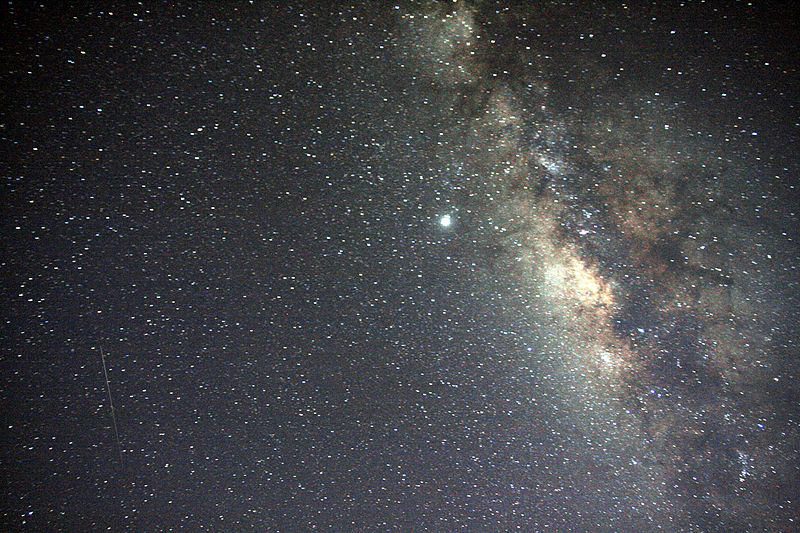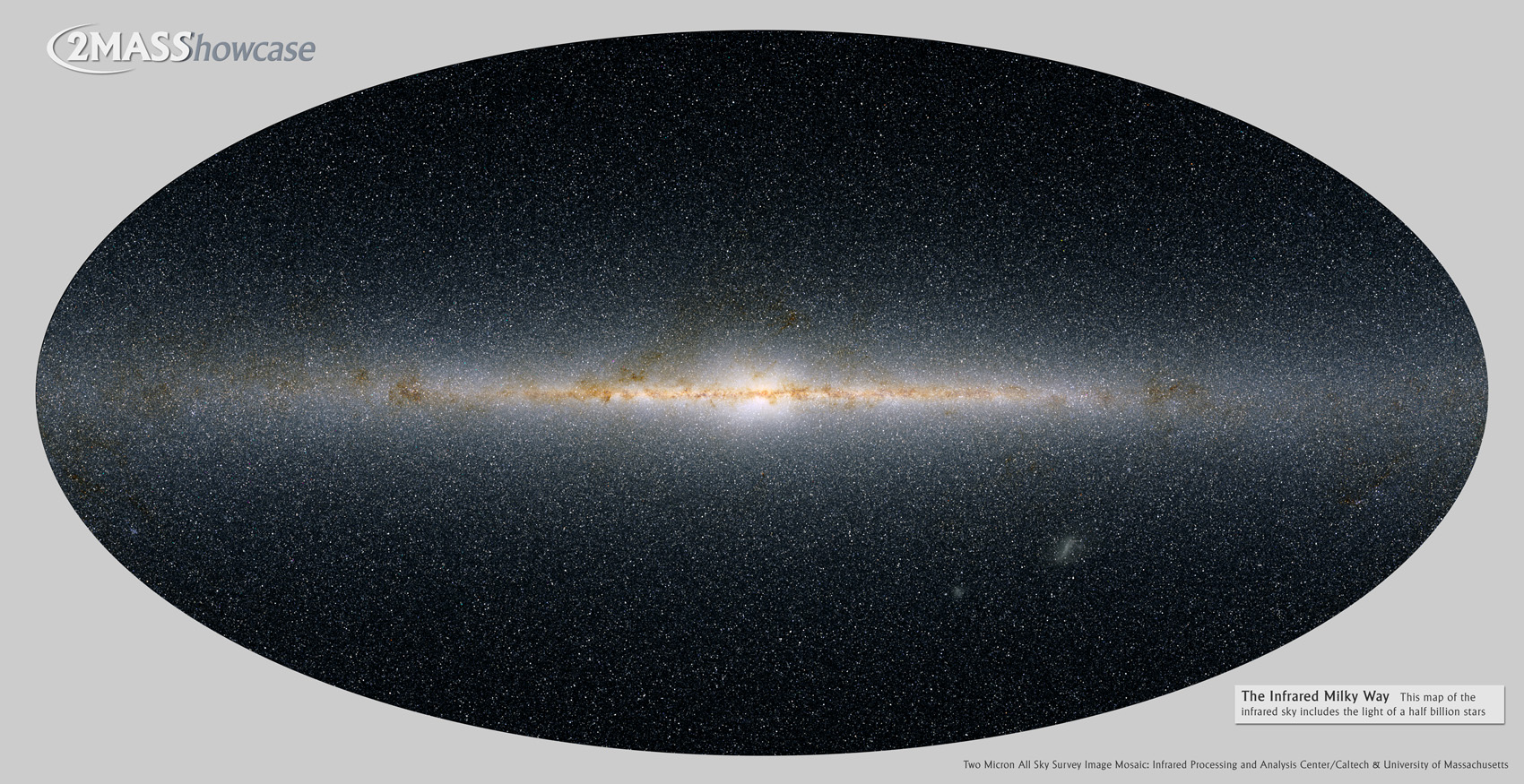Evolution, Then?
by
Kenny A. Chaffin
All Rights Reserved © 2013 Kenny A. Chaffin
Life on Earth fills the seas, the
land and the air; driven by evolution, it has pushed into each and every
environmental nook and cranny using mutation and natural selection. One might
wonder as you read this if there are not bacteria, viruses or spoors in the Earth’s
upper atmosphere that are mutating and evolving to move into and step across space
to other planets, other habitable environments -- assuming of course they have
not already done so. This may sound implausible, even impossible, but so was the
possibility of creatures stepping from salt seas onto dry land, breathing directly
from the nebulous atmosphere and going on to plant their footsteps on the Moon.
While the theory of evolution makes
no claim as to the origin of life, it clearly delineates the means by which life
has diversified and filled our planet. There are a number of origin of life
theories but none that is definitive. Life may have drifted in from space after
evolving elsewhere, it could have arrived via comet or asteroid or may have actually
originated right here on Earth from natural chemical and physical processes. We
really don’t know at this point. Should we discover other life, alien life on
Mars or elsewhere in the solar system it may give us a clue. If that alien life
is our cousin, in other words if it shares our biological and/or genetic
processes there is a very good chance life on Earth came from elsewhere – still
no guarantee though because Earth life might still have originated here and
spread to other places in the solar system. And it’s going to be a very very very
long time before (if ever) we can reach out to other star systems and determine
if life exists there. In fact we ourselves may have evolved ‘beyond human’ by
the time we answer that question.
It seems that the rise of
intelligence is an inevitable outcome of evolution so it would not surprise me nor
others if we were to someday discover intelligent life in the cosmos – most
likely via radio signals – but certainly not necessarily. The universe is a
very big place! We seem to be discovering more potentially habitable planets in
our galaxy almost daily though so it’s very possible we will be able to determine
if those planets harbor life in some reasonable time-frame (e.g. thousands of
years). But let’s step back and consider again the mechanism of evolution by
natural selection – adaptation and survival in new or changing environments.
The random nature of mutations and modifications that become survival
mechanisms in certain environments predispose any such system that evolves to
create all manner of adaptations. These adaptations provide a basis for individual
organisms to survive against competition or in the new or changing
environmental conditions. Many of the mutations will fail of course and the
individuals or species will die. If we look way back at simple early life
forms, some will by mutation evolve pseudopods to reach out and surround food
rather than simply waiting for it to drift in or to drift to the food. These pseudopods
will over millions of years become fins and flippers used to move though water
to escape predation or to capture prey. At some point in our own evolution the
ability to breathe air directly became a survival trait and allowed its
possessor to slip across dry land to another pond or body of water when its own
pond becomes unlivable. This temporary air breathing ability because it allowed
the creatures to survive eventually became permanent allowing us to slip the
surly bonds of the sea forever.
Even now there may be high-altitude
bacteria, viruses or spores poised to in some manner temporarily survive in
order to take that step across the barren and deadly environment of space to
reach another world, another pond where life can continue. That certainly could
be one branch of the evolution of life on Earth but remember evolution is
constantly, irrepressibly and simultaneously pursuing all possibilities, even
in humans. It may seem that mankind has changed little since the rise of
intelligence, but that is not exactly true. We have used our clever minds to
provide technological solutions to the environmental changes and challenges around
us. We learned to first exploit natural shelters like caves and trees and
geological features of the environment to provide a survival mechanism which our
biology did not afford us. We went on to find ways of building our own shelters
– first clothing such as animal skins and woven plants to shelter us from cold
and then to structures – yurts, tee-pees etcetera that could be transported
while pursuing the game animals on which we depended for survival. Of course
we’ve gone on to build massive skyscrapers and cities. In many ways we have
‘evolved’ to a point where many members of our species would never be able to
survive a rough night in the wild, no matter how tame that wild environment
might be. (total aside: this is probably a large part of the fascination with
survival reality shows).
Let’s push that line of thought a
bit further. We have been able to create technology which allowed us to
physically step on the moon. This is an incredibly adaptive mutation. Mutation you might ask? Yes, but you
have to consider this in a slightly different way than you may normally think
of biological evolution. Just as biological mutations such as number and length
of fingers, ear shape and hair color are an extension of our biology our
technological creations (mutations) are extensions of ourselves as well;
ourselves being both our biological and our intellectual abilities. The
technological capabilities we create are survival mechanisms just as much so as
biologically developed pseudopods, bipedalism or breathing air. The difference
is that these adaptations are not physically part of our biological bodies. Yet
we are more and more tied and dependent upon the technology we create. You may
think of this as good or bad, but really it is neither any more than random biological
mutations such as red hair, long fingers or breathing air. Our technology is
increasingly an extension of ourselves and we are becoming one with it. We are Borg
and increasingly so. Expect it to continue as we become ever more dependent on cars,
transportation, cities, food production, technological services, computers, iThings,
and Google.
Now then, what does that mean you
might ask; what’s the point? That brings us to the “Then?” part of this essays
title. Evolution, Then? We have nothing to compare and contrast with at this
juncture in our experience as we have not even discovered other life forms or
examples of evolution, but assuming this is the natural progression, to move
via evolution from inert chemicals to simple living organisms capable of
evolving through natural selection to fill an entire planetary ecosystem and then
to begin to push even beyond that environment by randomly selecting survival
mechanisms within its species such as intelligence and then to assimilate the
fruits of that intelligence (i.e. technology) as part of its own plethora of
life, what then?
What is next? Maybe we move beyond
the physical, perhaps we can transfer our intelligence, our minds into our
machines. Is that the next step? Does that fit with the process of evolution?
Perhaps, but who’s to say? Evolution necessarily explores any and all options
in an effort to reach out, to expand, and to provide a means of survival for
life. Even if we could ‘become’ pure information, even that needs some sort of container
to sustain it, to provide it energy with which to operate such as our brains or
perhaps our future computers. That is not to say there may not be some other
means of physically representing life in a more pure informational form such as
energy patterns or some such thing, but that step may move completely beyond
what we think of as evolution.
How then would it mutate and adapt?
Evolution currently requires death in order to do its work. Would death be part
of a being that existed as informational patterns of energy? Certainly the
simple solution is to provide for the death of individual organisms but allow
them to propagate their environmental lessons in survival to their progeny.
Perhaps this could be done simply though changes to the information, but again
who’s to say? Evolution will likely pursue all these avenues including those
spores in the upper atmosphere whom we may meet up with again within a few
billion years and when we do I think the biggest question might be will we
recognize one another?
Links/References:
Tardigrade:
Brain Simulation:
Brain/Computer Interface:
Comets:
Bacteria at 30,000 feet:
http://www.huffingtonpost.co.uk/2013/06/21/bacteria-bubble-earth_n_3477307.html
About the Author
Kenny A. Chaffin writes
poetry, fiction and nonfiction and has published poems and fiction in Vision Magazine, The Bay Review, Caney
River Reader, WritersHood, Star*Line, MiPo, Melange and Ad Astra and
has published nonfiction in The
Writer, The Electron, Writers Journal and Today’s Family. He grew up in
southern Oklahoma and now lives in Denver, CO where he works hard to make
enough of a living to support two cats, numerous wild birds and a bevy of
squirrels. His poetry collections No
Longer Dressed in Black, The
Poet of Utah Park, The Joy of Science, A Fleeting Existence, a collection of science essays How do we Know, and a memoir of growing up on an Oklahoma farm - Growing
Up Stories are all available at Amazon.com: http://www.amazon.com/-/e/B007S3SMY8. He
may be contacted through his website at http://www.kacweb.com.


